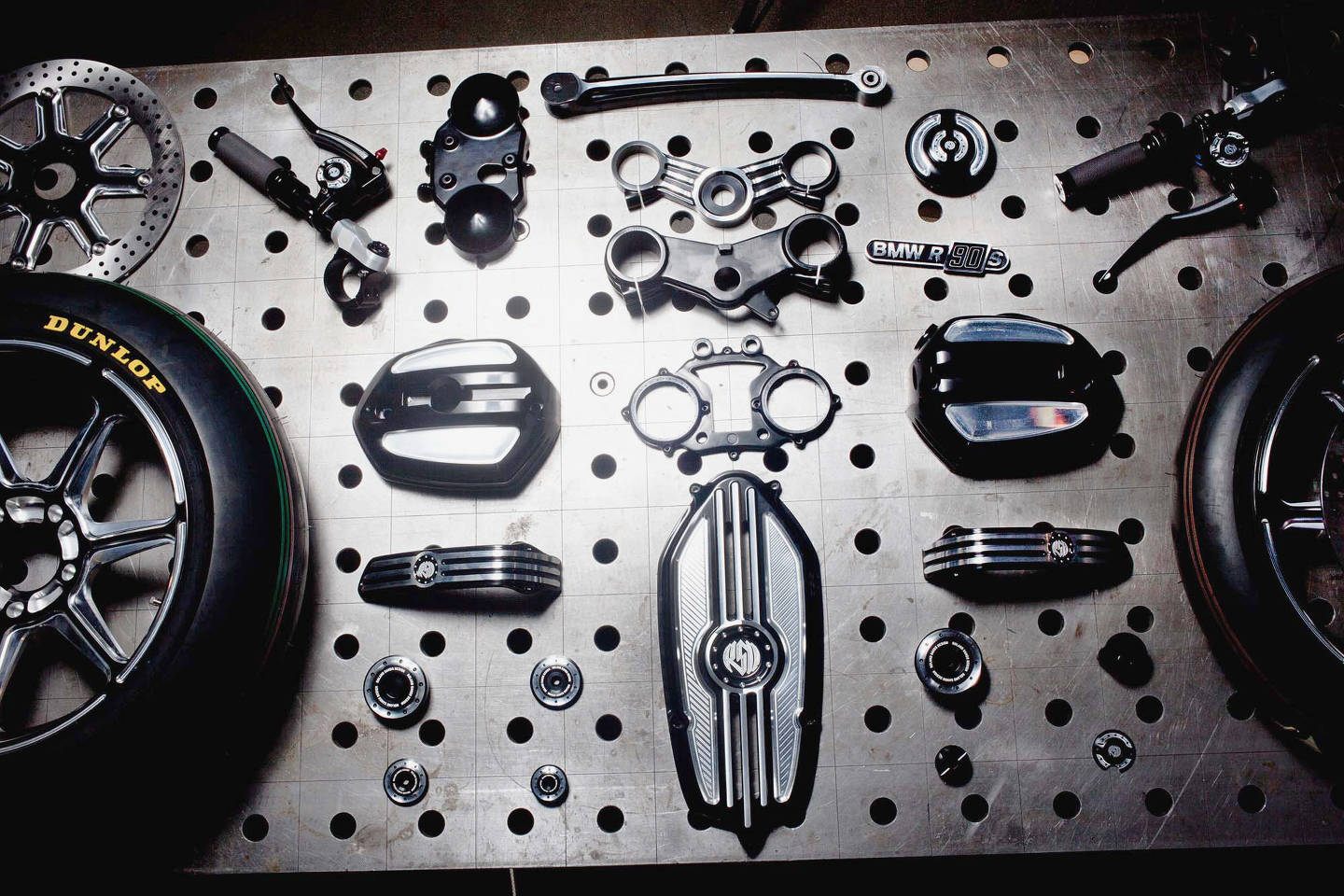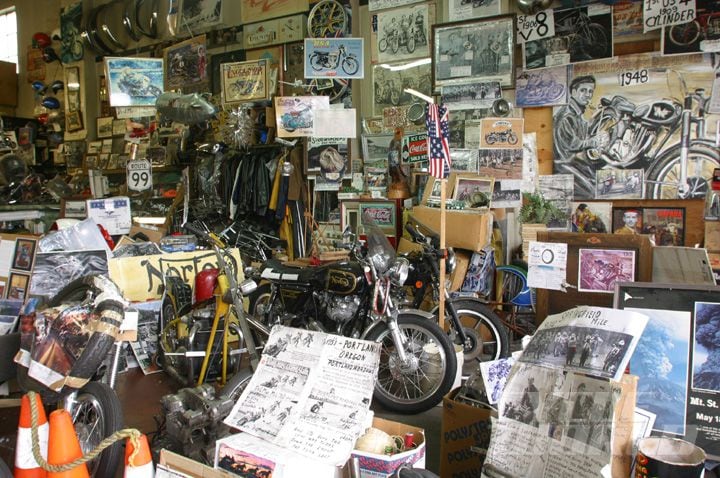Must-Have Motocross Gear: Boost Your Riding Experience Today
Must-Have Motocross Gear: Boost Your Riding Experience Today
Blog Article
Understanding the Important Parts of a Motorcycle: A Comprehensive Overview for Lovers
For bike lovers looking to boost their riding experience and guarantee their bikes run efficiently, recognizing the important parts of a motorbike is critical. Each element, from the engine's detailed functions to the crucial function of the braking mechanisms, not only influences efficiency yet additionally safety and convenience. This guide will walk with the basic components that every biker need to recognize with, allowing notified selections in both upkeep and possible upgrades. As we start this exploration, one must ask: how does each component engage to produce the smooth trip every lover seeks?
Engine Parts

The camshaft plays a critical duty in regulating the timing of the engine's shutoffs, making certain the exact opening and closing necessary for reliable gas and air intake, in addition to exhaust expulsion. This timing is critical to maintaining optimal engine performance and performance. Additionally, the carburetor or fuel shot system, depending upon the motorbike version, is in charge of blending air with gas in the proper ratio for combustion.
The air conditioning system, either air or liquid-based, functions to keep the engine's temperature level within operational restrictions, stopping overheating and guaranteeing longevity - motorbike shop. Each part, carefully developed and integrated, adds to the smooth procedure of the engine, specifying the bike's power result and overall performance
Transmission System
Indispensable to the bike's performance, the transmission system makes certain efficient power transfer from the engine to the wheels. This system consists of several essential parts, consisting of the clutch, gearbox, and final drive, each playing a crucial duty in converting the engine's power right into movement. The clutch, usually run by a hand lever, serves to engage and disengage the engine from the transmission, enabling smooth equipment adjustments and regulated acceleration.
The gearbox, frequently referred to as the transmission proper, contains a collection of gears that riders can manually change via to change the bike's speed and torque output. These equipments are prepared in a series that allows the motorbike to accelerate efficiently and keep ideal engine performance throughout numerous speeds. Most motorcycles make use of a consecutive gearbox, requiring the rider to change equipments in an established order.
Braking Devices
While understanding the transmission system is key to harnessing a bike's power, similarly essential is the capacity to manage and quit that power successfully, which is where braking devices enter into play. Brakes are essential for safety and security and efficiency, providing the web cyclist with the required control to browse different terrains and problems. Normally, motorcycles include two sorts of braking systems: disc brakes and drum brakes.
Disc brakes are more widespread in contemporary bikes as a result of their premium performance. They include a brake disc, caliper, and pads. When activated, the caliper squeezes the brake pads versus the spinning disc, converting kinetic power into warm, thereby slowing down the wheel. This system supplies better warmth dissipation, consistent performance, and boosted stopping power, particularly in damp conditions.
Conversely, drum brakes, though less typical, are still located in some bikes. They work by pressing brake shoes versus the inner surface of a drum affixed to the wheel. While normally much less reliable in warmth dissipation and quiting power, drum brakes are simpler and more affordable.
Recognizing these stopping systems' subtleties permits cyclists to keep their bikes effectively and value the design that ensures efficient and safe quiting.
Suspension and Guiding
Suspension and guiding systems are essential components that considerably influence a motorcycle's handling and trip comfort. The suspension system, containing forks at the front and shock absorbers at the back, soaks up roadway irregularities, improving stability and control. Front forks, inverted or generally telescopic, compress and rebound to reduce impacts, while back shock absorbers keep tire contact with the road, essential for traction and safety and security.
Guiding, centered around the handlebars, connects the cyclist to the bike's directional control. The guiding head bearings guarantee smooth operation, permitting exact maneuverability. Correct placement and upkeep of these bearings are critical for foreseeable steering feedback and lowering biker fatigue.
The suspension's adjustability is an additional important element; preload, damping, and rebound setups permit personalization to suit numerous riding conditions and designs. This versatility is essential for maximizing performance, whether browsing metropolitan streets or dealing with rugged routes. Developments like digital suspension systems offer real-time modifications, enhancing adventure quality throughout diverse surfaces.

Electric Solutions
After ensuring a controlled and smooth adventure with effective suspension and guiding systems, attention transforms to the electric systems, a pivotal element of modern-day motorcycles. These systems play a vital role not only in starting the engine yet also in powering various elements that boost the capability and safety of the motorbike.
At the heart of a bike's electrical system is the battery, which shops electrical energy required for beginning the engine and powering supporting systems - moto parts nz. The alternator or generator, combined with the rectifier-regulator, makes certain the battery continues to be charged while the motorcycle functions, converting power into electrical energy and maintaining voltage levels
The ignition system, one more vital element, is accountable for stiring up the air-fuel combination in the engine's cyndrical tubes. Modern bikes often Get the facts utilize a digital ignition system, offering better performance and integrity contrasted to typical systems.
Lights systems, consisting of fronts lights, tail lights, and signs, are likewise important, guaranteeing exposure and safety for the rider. Additional electronic elements such as sensors, control units, and presents contribute to innovative functions like fuel injection monitoring, anti-lock stopping systems (ABDOMINAL), and digital control panels, better improving the riding experience.
Conclusion
A comprehensive understanding of a motorbike's essential parts, including the engine, transmission system, stopping mechanisms, suspension, guiding, and electrical systems, is vital for enthusiasts intending to optimize efficiency, safety, and comfort. Mastery of these elements permits informed decisions pertaining to maintenance and upgrades, eventually boosting the riding experience. By integrating this understanding, riders can ensure their motorbikes run at peak efficiency and dependability, therefore taking full advantage of both satisfaction and longevity of their cars.
For motorbike fanatics looking to boost their riding experience and ensure their bikes run smoothly, comprehending the necessary parts of a motorcycle is paramount.Essential to the motorbike's functionality, the transmission system makes sure reliable power transfer from the look these up engine to the wheels.While understanding the transmission system is key to utilizing a motorbike's power, similarly crucial is the capability to regulate and quit that power successfully, which is where stopping systems come right into play. Normally, bikes include 2 kinds of stopping systems: disc brakes and drum brakes.
A complete understanding of a bike's necessary parts, consisting of the engine, transmission system, stopping systems, suspension, steering, and electrical systems, is indispensable for enthusiasts intending to maximize safety and security, efficiency, and comfort.
Report this page